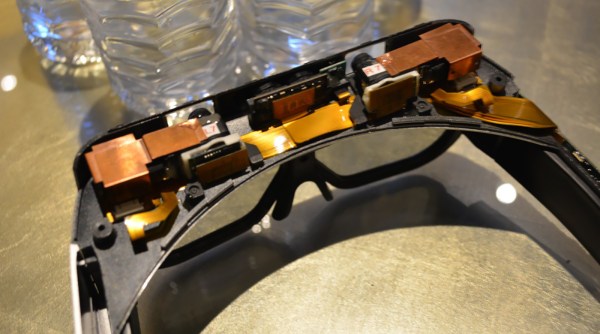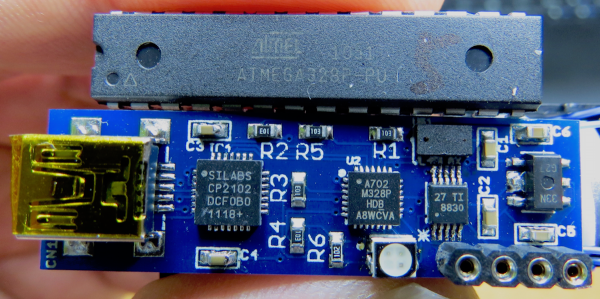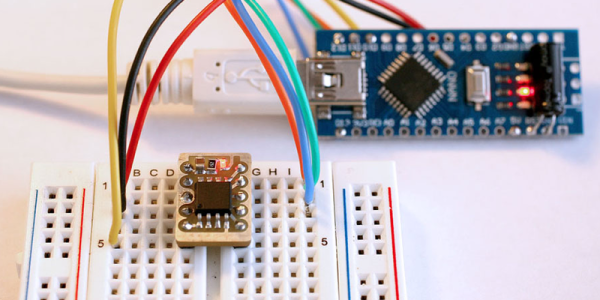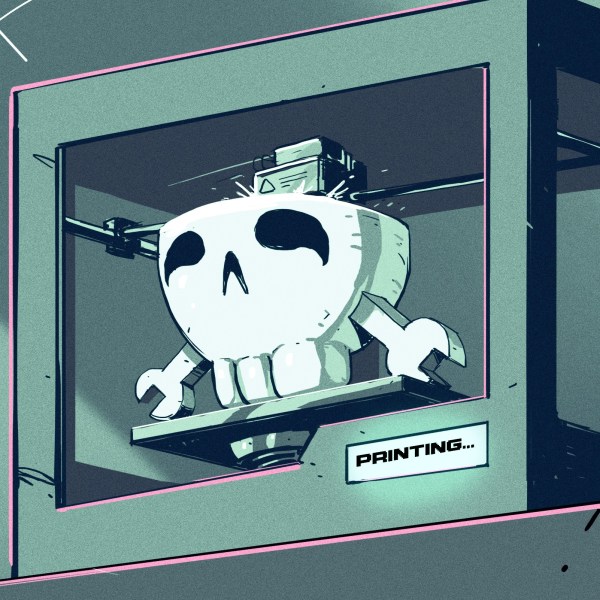One of my bucket list destinations is the Computer History Museum in Mountain View, California — I know, I aim high. I’d be chagrined to realize that my life has spanned a fair fraction of the Information Age, but I think I’d get a kick out of seeing the old machines, some of which I’ve actually laid hands on. But the machines I’d most like to see are the ones that predate me, and the ones that contributed to the birth of the hacker culture in which I and a lot of Hackaday regulars came of age.
If you were to trace hacker culture back to its beginning, chances are pretty good that the machine you’d find at the root of it all is the Digital Equipment Corporation’s PDP-1. That’s a tall claim for a machine that was introduced in 1959 and only sold 53 units, compared to contemporary offerings from IBM that sold tens of thousands of units. And it’s true that the leading edge of the explosion of digital computing in the late 50s and early 60s was mainly occupied by “big iron” machines, and that mainframes did a lot to establish the foundations for all the advances that were to come.
Continue reading “The PDP-1: The Machine That Started Hacker Culture”


















